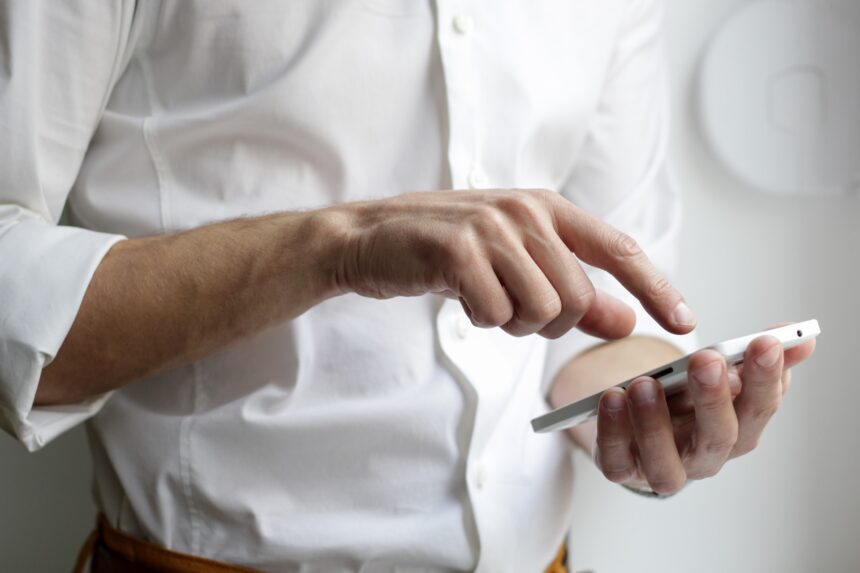From stealthy opportunists swiping gadgets at bars to cunning crooks memorizing passcodes for malicious intent – it seems an unexpected wave of iPhone thefts is testing the security waters. In a sea of victims all echoing similar tales, Apple is hastily crafting additional lines of defence.
There is a growing trend among thieves who are adopting fresh, technologically-savvy tactics to seal their ill-gotten gains. These are not simple smash-and-grabs anymore; culprits now study their targets, master their passcodes, and pilfer their devices within plain sight. The convenience of a short numerical passcode, though indicative of the user’s quest for convenience, may prove itself to be a less secure password choice.
Associate Professor of Computer Science at George Washington University, Adam Aviv, recommends a more complex password. He advises enterprises to employ a six-digit passcode, making it challenging for the so-called ‘shoulder surfers’ — thieves who watch from a safe distance to deduce passwords.
The fallout of this rising trend in tech theft isn’t just lost hardware either; it’s the risk of identity theft and account embezzlement. When criminals decode the passcode, they can access bank accounts linked to these iPhones, claiming the victim’s identity. Beyond this usurping of identity, they can even remove the legitimate owner’s account recovery options with the addition of a new recovery key.
Of course, user actions can sometimes aid these nefarious activities. Storing sensitive information in images or using the last four digits of their Social Security number mixes convenience with vulnerability. A swift autocorrect is advised – implementing a short auto-lock and erasing stored copies of such documents can help curtail the ease of unauthorized access.
People might adore Apple products for their sleek interfaces and cutting-edge features, but the reality that they are among the favored targets for theft cannot be ignored. After all, popularity is a double-edged blade – while it helps secure a broader audience base, it also attracts a flock of tech thieves.
Yet, victims are not left entirely helpless in these incidents. The moment they become aware of the theft, users need to sign into iCloud from another device. This allows them to locate their device and wipe it clean before any damage is done. Meanwhile, disabling the ‘Find My iPhone’ function and the SIM can hinder the criminals’ endeavours.
In light of this surge of thefts, Apple is not content to sit idle. A company spokeswoman assures customers that Apple views the matter gravely and is committed to relentless protection against emerging threats. She further emphasized the rarity of these cases and stated that though the iPhone is the most secure consumer mobile device available, the company would continue to advance their robust protection.
What’s in the works for bolstering security? For starters, owners can use Face ID or Touch ID when in public and employ third-party password managers like 1Password or Dashlane for biometric identification. In addition, users can employ Screen Time passcodes with account limits for additional safety. Apple insiders have hinted at other means of fortifying Apple IDs, such as utilizing hardware security keys.
Capping these attempts to steal iPhone users’ peace of mind, Apple is ramping up its user account protections and the strength of its password recommendations, according to the company’s spokeswoman. While iPhone users tread water in this wave of thefts, this move reveals Apple’s resolve to guard its users against the modern highwaymen of the tech world.










